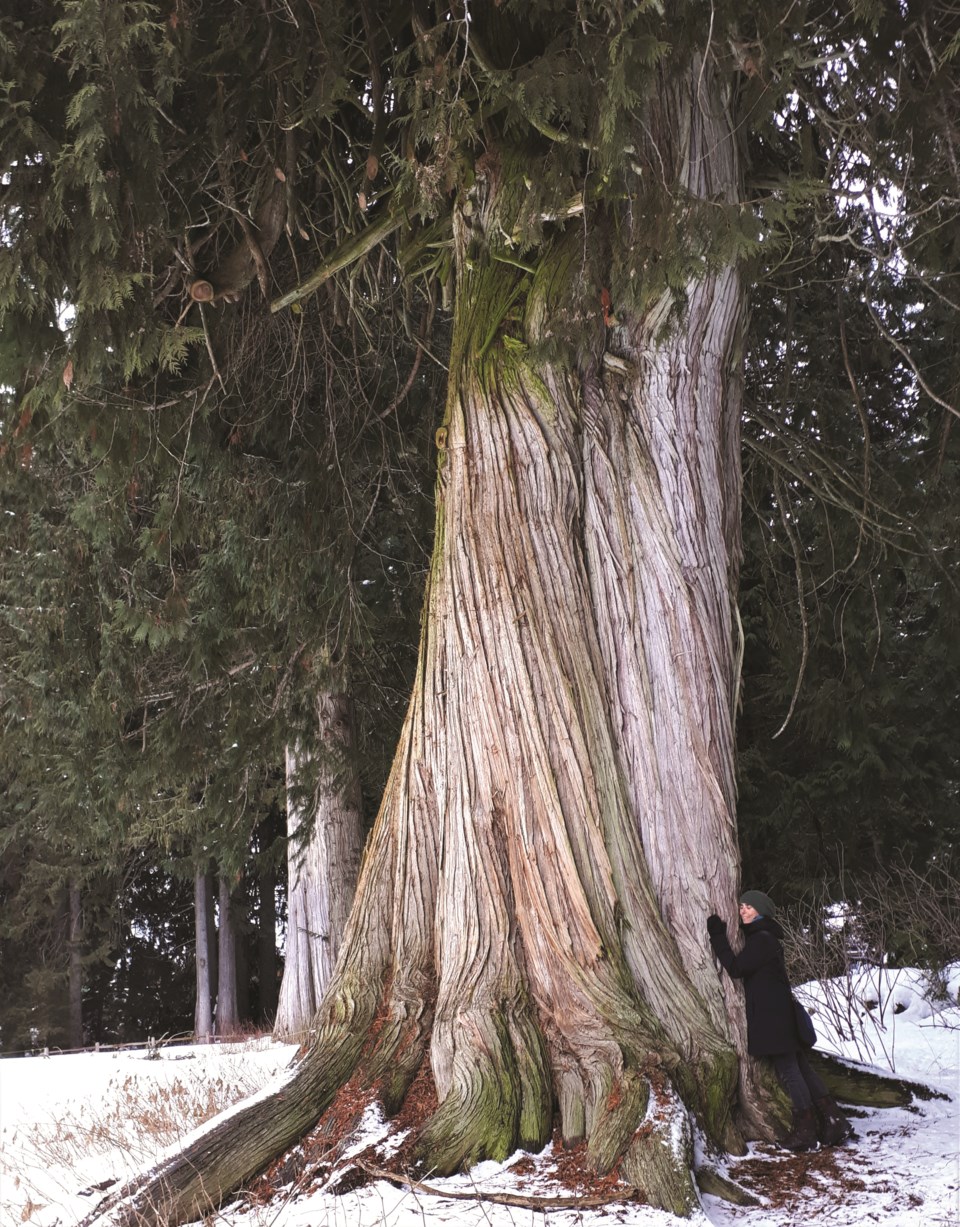The Forest March BC planned for March 19 is a grassroots movement with events across B.C., including one here in Whistler. The movement brings attention to the fact that B.C.’s old forests are “Worth More Standing.”
We need movements like Forest March BC to help set the record straight on the state of old growth in B.C. and to bring change. Misleading statistics from the province are a big obstacle. For example, the province says that old-growth forests comprise about 23 per cent of forested areas, and most people envision these as being productive forests with big trees and unique habitats. In truth, less than one per cent of B.C.’s forested land comprises these productive forests, which are largely unprotected and will not recover from logging.
After increased pressure by B.C. residents to preserve old forests, the NDP government commissioned an independent review of old-growth forest management. In April of 2020, A New Future for Old Forests: A Strategic Review of How British Columbia Manages for Old Forests Within its Ancient Ecosystems was released.
This document details 14 recommendations on what needs to be done to meet society’s demands to maintain ecological values and provide jobs. This direction is much different from what the province does now, which is to set volume goals and make money for some people. One recommendation is a paradigm shift in old-forest management:
• From: Manage for timber subject to constraints. To: Manage for ecosystem health.
• From: Old forests are renewable. To: Old forests are non-renewable in many cases.
• From: Forests exist to provide value to humans. To: Forests have intrinsic value for living things.
• From: Forests can be fully understood. To: Forests and ecosystems will never be fully understood.
Even though the province committed to implementing all 14 recommendations, they have utterly failed so far. For example, in response to the review, the government issued a statement declaring the protection of nine areas throughout the province, totalling almost 353,000 hectares. While the number sounds impressive, researchers have discovered that 25 per cent of the area included in this figure is not even forest, 25 per cent is young forest, and less than one per cent is high-risk old forest.
But there is hope! Any improvements to the way we manage old forests will need to be directed by the premier’s office. And it’s pretty reliable that politicians will make decisions to ensure reelection. So, as long as more and more of us let politicians know that we want B.C.’s (and Whistler’s) old forests protected, there is a chance for meaningful change.
FREE WEBINAR FRIDAY, MARCH 19
What: An Inside Look at Forestry in B.C. and Whistler with forester and ecologist Herb Hammond and the Whistler Naturalists’ Bob Brett
When: March 19 at 5:30 to 7 p.m.
Hosted by: Whistler Naturalists and AWARE
Register at: Whistlernaturalists.ca or awarewhistler.org.
Naturespeak is prepared by the Whistler Naturalists. To learn more about Whistler’s natural world, go to
Whistlernaturalists.ca.


